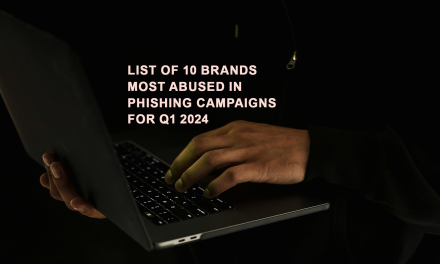As AI, cloud technology and geopolitical disharmony compel more organized cybercriminal activities, one data analysis shows where some 2023/2024 hotspots were
Based on internal data from its own digital identity verification solution, a cybersecurity firm has released a one-year review (from 1 Sep 2023 to 31 August 2024) of identity fraud insights detected across 195 markets.
First, the data showed that, for the first time, digital document forgery levels had surpassed physical counterfeits as the leading method of fraud handled by the firm in 2024. This had accounted for 57% of all document fraud handled globally, marking a 244% increase from the previous year, and a 1,600% surge since 2021 (when almost all fraudulent documents were physical counterfeits)
Second, the three most-targeted types of documents in the one-year data were those involving the India Tax ID (27%), followed by Pakistan National Identity Card (18%) and Bangladesh National Identity Card (15%).
Third, threat actors had been taking advantage of “as-a-service” platforms for phishing, fraud, and ransomware that facilitate knowledge sharing of “best practices” and the use of generative AI tools to create sophisticated digital forgery and injection attacks.
Other findings
The fourth trend was that deepfake attacks happened every five minutes on average in the data, alongside the increase in digital document forgeries year-over-year. Average fraud rates remained highest for identity-verification platform customers based in the Asia Pacific region (6.8%), closely followed by those in the Americas (6.2%). Also:
- Basic fraud tactics had given way to sophisticated, hyper-realistic deepfakes and synthetic identities. The rise in face-swap apps and abuse of generative AI tools had allowed fraudsters to perform and scale increasingly believable biometric fraud attacks for fraudulent account opening, account takeovers, phishing scams and misinformation campaigns.
- In the data, the top three most targeted industries were all related to financial services, with cryptocurrency seeing almost double the number of fraud attempts compared to any other industry (9.5%), followed by lending and mortgages (5.4%), and traditional banks (5.3%).
- Crypto platforms saw the highest rate of fraudulent activity attempts, which had risen 50% year-over-year, from 6.4% in 2023 to 9.5% in the current year’s data. At the same time, customers in traditional banking had experienced a 13% increase in fraudulent onboarding attempts timed to exploit high inflation rates, as well as a rise in lending and mortgage scams.
According to Simon Horswell, Senior Fraud Specialist, Entrust, the identity verification platform releasing its analytics: “The drastic shift in the global fraud landscape, marked by a significant rise in sophisticated, AI-powered attacks, is a warning that all business leaders must heed,” “This year’s data underscores this alarming trend, highlighting how fraudsters are rapidly evolving their techniques. These threats are pervasive, touching every facet of business, government, and individuals alike. To stay ahead, security teams must proactively adapt their strategies, prioritie monitoring these emerging threats, and prepare their organizations to face this new reality. It’s no longer optional; it’s imperative.”

















